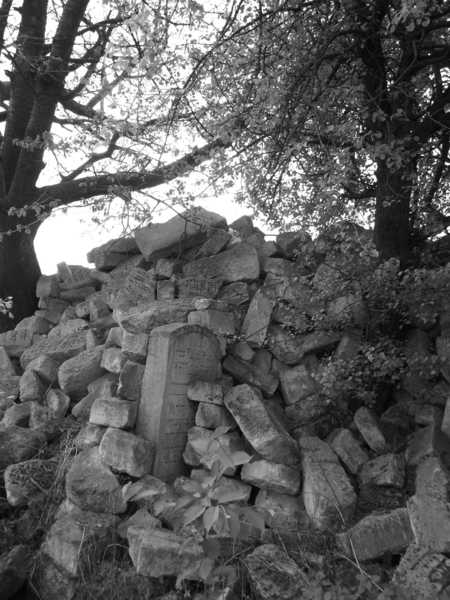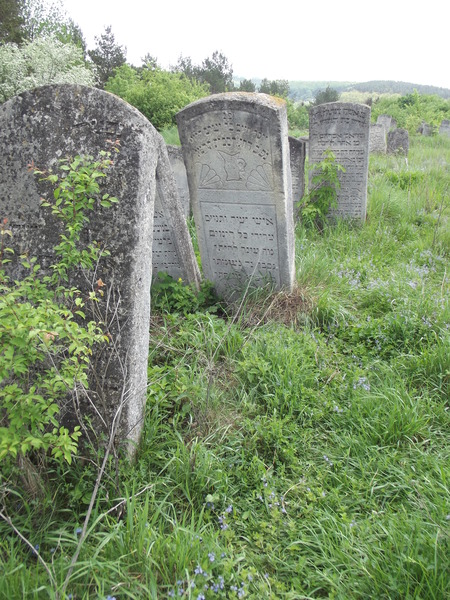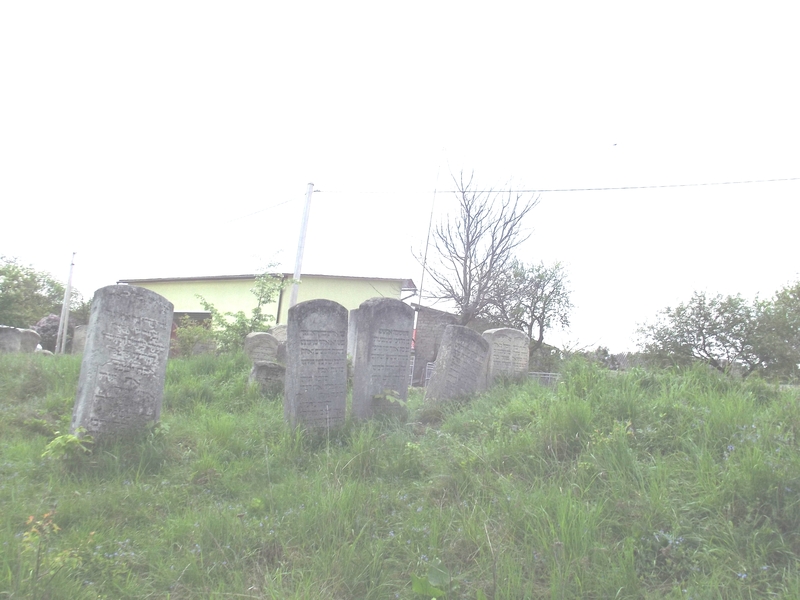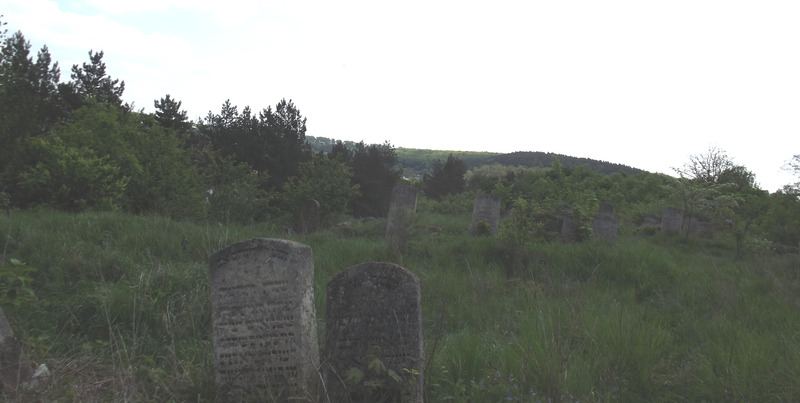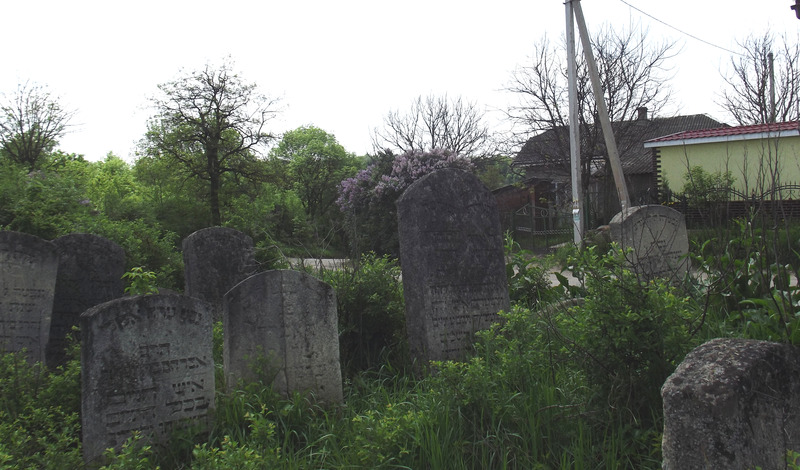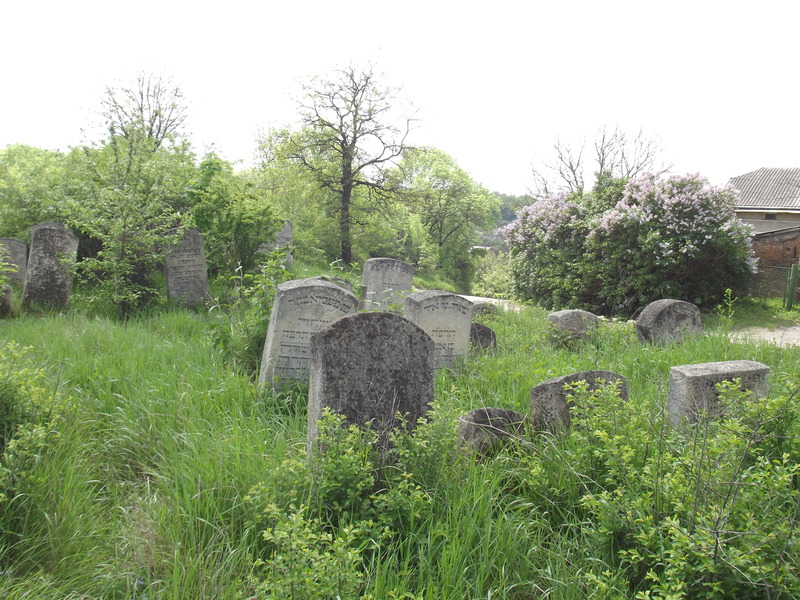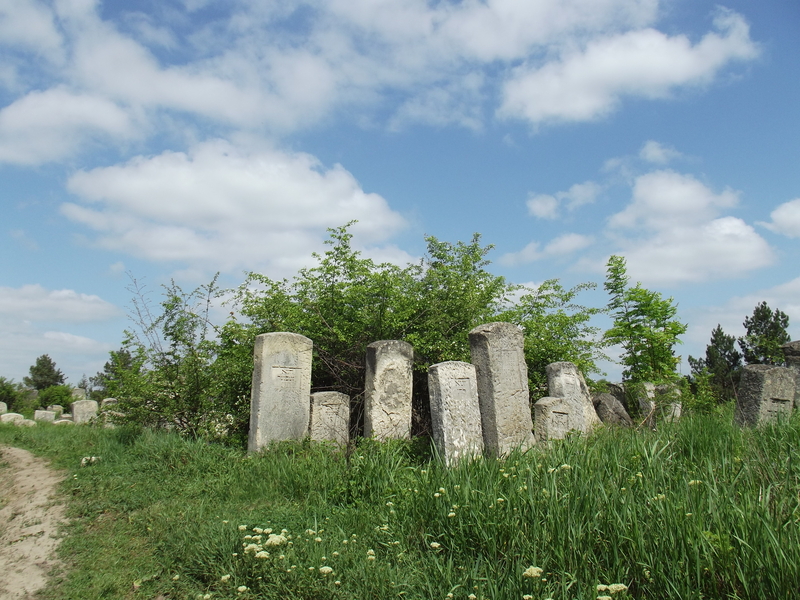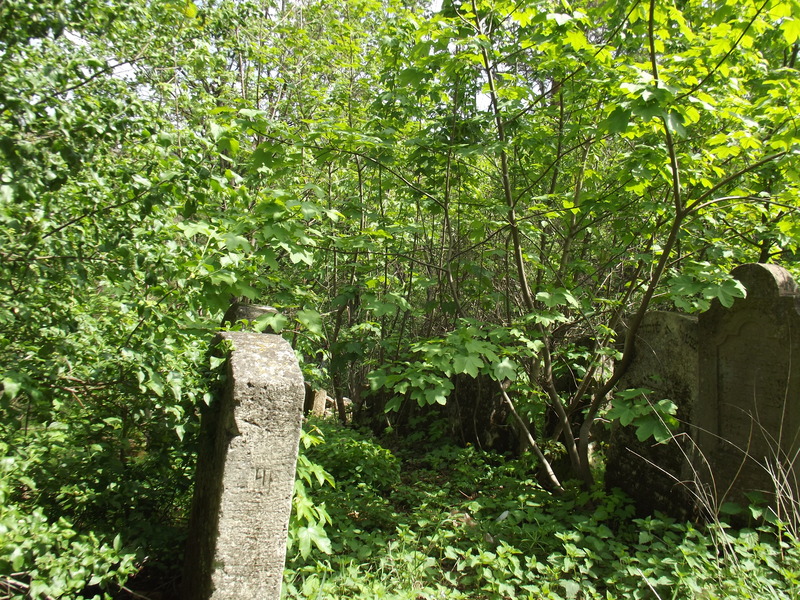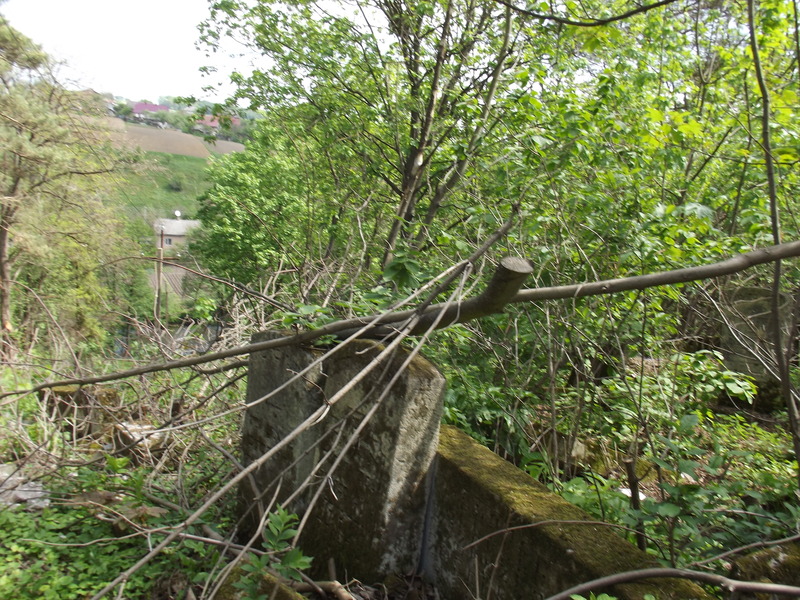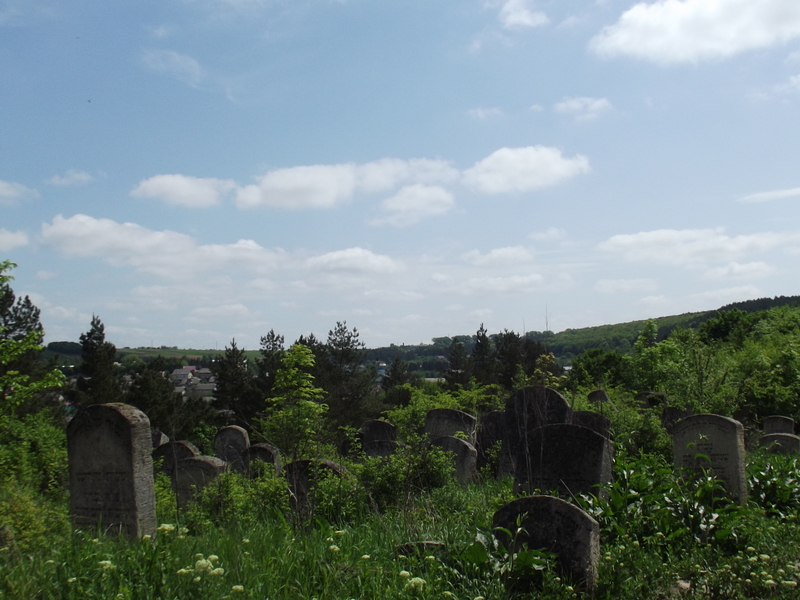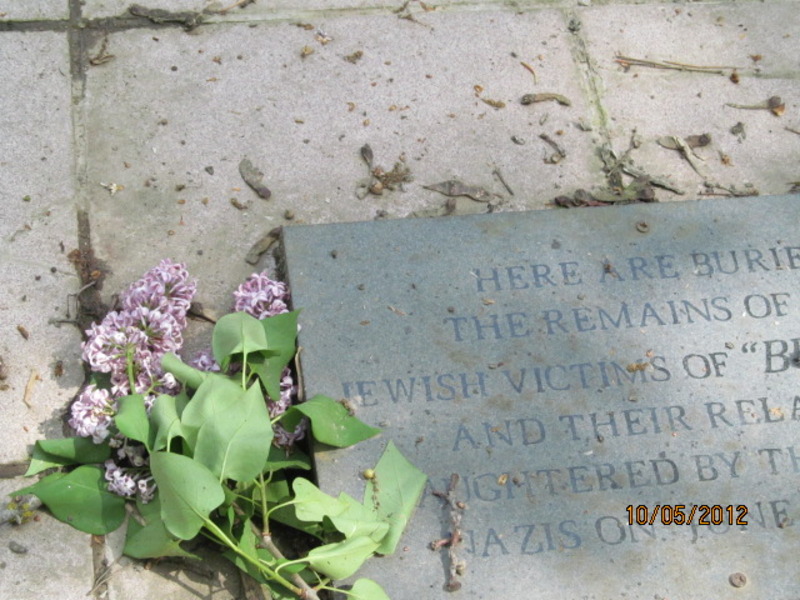 Alternate names:Buchach(Ukrainian: Бучач; Polish: Buczacz, Turkish: Bucaş). Shteltlink site. history. Index of Graves [February 2001] The city is located on the Strypa River (a tributary of the Dniester) in Ternopil Oblast(province) of western Ukraine and is the administrative center of the Buchach Raion, 135 km SE of Lviv in the historic region of Galicia. Jewish Virtual Library description.
Alternate names:Buchach(Ukrainian: Бучач; Polish: Buczacz, Turkish: Bucaş). Shteltlink site. history. Index of Graves [February 2001] The city is located on the Strypa River (a tributary of the Dniester) in Ternopil Oblast(province) of western Ukraine and is the administrative center of the Buchach Raion, 135 km SE of Lviv in the historic region of Galicia. Jewish Virtual Library description.
photos. [December 2012]
Photos [January 2016]
BUCHACH I: US Commission No. UA19160101
Alternate name: Bitshutsh (Yiddish), Buczacz (German) and Butchatch (Hungarian). Buchach is located in Ternopolskaya at 49º4 25º24, 72 km from Ternopol and 94 km from Chernovtsy. The cemetery is northeast on Torgovaya St., near River Stripa. Present town population is 5,001-25,000 with 11-100 Jews.
- Town: Town Executive Council of Pivoschuk Taras Ivanovich [ph: (03544) 21490].
- Regional: Regional Executive Council of Vovk Vasiliy Grigoryevich [ph: (03544) 21178]. Oblast State Administration of Skibnyavskiy Mikhail Vasilyevich [ph: (03522) 25225].
- Jewish Community 'Alef', Paren Nuta Elyevich [ph: (03522) 69323].
- Others: Pazyuk Roma Genrikhovna of Ternopol, Zhivova St. 6, Apt. 42 [ph: (03522) 2566] Museum of Senkiv Nikolay Mikaylovich [ph: (03544) 21360] Engelberg Arkadiy Vilgelmovich [ph: (03522) 26262].
The earliest known Jewish community was 17th century. 1939 Jewish population (census) was 3858. Living here were Rabbi Bucach Avraam David since 1813; Shtern A. 19th-20th century merchant; and Sh. Agnon-writer, Nobel Laureate (1966). The Jewish cemetery was established in 16th century with last known Hasidic Jewish burial 1940. No other towns or villages used this unlandmarked cemetery. The isolated urban hillside and crown of a hill has no sign or marker. Reached by turning directly off a public road, access is open to all. No wall, fence, or gate surrounds the site. 101-500 stones, most in original location with Between 50%-75% toppled or broken, date from the 19th-20th centuries. Location of removed stones is unknown. Some tombstones have traces of painting on their surfaces. The cemetery contains no known mass graves. The municipality owns the property used for agriculture (crops or animal grazing). Adjacent properties are commercial or industrial and agricultural. The cemetery boundaries are unchanged since 1939. The cemetery is visited rarely by organized Jewish group tours or pilgrimage groups and private visitors (Jewish or non-Jewish). The cemetery was vandalized during World War II and not in the last 10 years. Local/municipal authorities cleared vegetation. There is no maintenance now. Within the limits of the cemetery are no structures. Very serious threat: Vegetation of old section to do difficult access. Serious threat: uncontrolled access (There are many broken tombstones). Moderate threat: weather erosion, pollution, vandalism and existing nearby development.
Documentation: see at section 14. Hodorkovskiy Yuriy Isaakovich of Kiev, Vozduhoflotskiy Prospect, 37 a, apt.23 [ph: (044)2769505] survey site, completed survey, and interviewed Dobrovolskiy Ivan Nikolayevich on 16/04/1996.
BUCHACH II: US Commission No. UA19160501
See Buchach I for town information. The mass grave is located E, behind stadium. The unlandmarked Hasidic Jewish mass grave was dug in 1943 to murder only Jews of this town. The isolated wooded flat land has signs or plaques in local language mentioning Jews and the Holocaust. Mitskevicha St., stadium, and technical school #26 are the access, open to all. No wall, fence, or gate surrounds the mass grave. 1-20 common tombstones, all in original location and none toppled or broken, date from 1960. The mass grave contains marked mass graves. The municipality owns the property only used for Jewish cemetery and mass burial site. Adjacent properties are forest. Rarely, local residents visit. This mass grave was not vandalized. There has been re-erection of stones. Local/municipal authorities did the work in 1960. There is no maintenance now. Within the limits of the mass grave are no structures. Vegetation overgrowth is a seasonal problem preventing access. Water drainage at the mass grave is a seasonal problem. Serious threat: vegetation (Vegetation to do difficult access). Moderate threat: weather erosion, pollution and vandalism. Slight threat: uncontrolled access.
Documentation: see section 14 [sic]. Hodorkovskiy Yuriy Isaakovich of Kiev, Vozduhoflotskiy Prospect 37 a, apt. 23 [ph: (044)2769505] visited site, completed survey, and interviewed Senkiva Nikolay Mikhaylovich of Local History Museum on 16/04/1996 ü First Bucecer Independent Benevolent Association (New York, N.Y.) Records, 1925-1972 (bulk 1961-1972) Description: .2 linear ft. Notes: Landsmanshaftn founded in 1925 by Jewish immigrants from Buczacz, Poland (now Buchach, Ukraine.) Cemetery deed; constitution; minutes, 1961-1972; ... YIVO collections are in Yiddish, Russian, Polish, English, Hebrew, and other European and non-European languages. Location: YIVO Institute for Jewish Research, New York, NY Control No.: NXYH89-A790
Photos courtesy This email address is being protected from spambots. You need JavaScript enabled to view it. [Photos taken 2012]
[UPDATE] Photos from Uhniv, Buchach and Hrymailiv [January 2015]
[UPDATE] Photos from Buchach [January 2015]
[UPDATE] Ancient Buchach Jewish Cemetery Documented [September 2017]
[UPDATE] Fencing of old cemetery is complete [November 2018]


